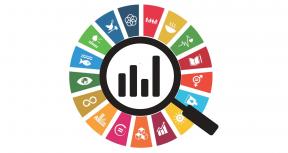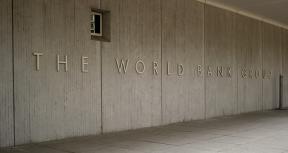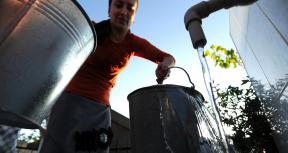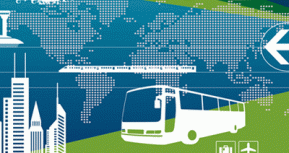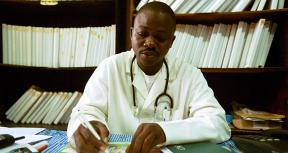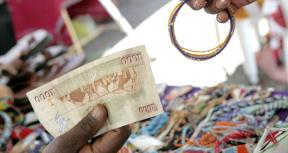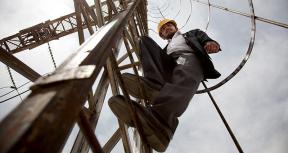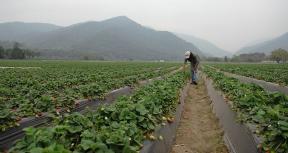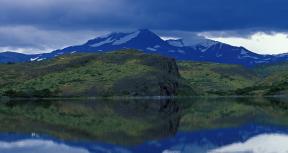Lessons
Joint projects work well when the WBG has a clear, even unique comparative advantage. A shared vision of the project’s business rationale and its intended results (beyond the standard project results framework and project-level indicators) helped joint project teams solve problems and overcome challenges, especially in complex joint projects.
In general, collaboration has led to more collaboration. Previous experience in joint projects provided two advantages: the ability to navigate internal processes and external coordination requirements; and having skills and confidence to be involved in other joint projects. Staff knowledge of the WBG’s different institutional mandates, products, strengths and constraints forms the indispensable foundation for understanding the WBG’s complementarity and comparative advantage. Staff cross-over from one WBG institution to another may have encouraged collaborative work because of familiarity with former colleagues and the products and processes of other WBG institutions.
Joint projects also work well when roles, division of labor and responsibilities among the different World Bank Group institutions and the respective project teams are clear. Ownership of both process and outcomes by the respective project teams and senior managements subordinated parochial institutional considerations. Skilled leadership with a collaborative personality mattered a lot in joint projects. Personality traits (such as keeping an open mind, keeping other members informed, or being adaptive and flexible) formed key attributes enabling joint teams to stay focused on the project and avoided personality conflicts. Personality has engendered joint team harmony, enabled a united stance in often demanding project environments, and avoided confusing clients. Continuity of task team leaders is also vital in building trust, strong personal links and staying committed to joint project success.
Implications for World Bank Group Management
Realism must temper expectations about rapidly increasing the number of joint projects in the future. Internal coordination, resource, policy and procedural challenges are magnified compared to single institution project. Additional resources and time are needed regardless of commitment amounts because of the intense coordination required internally and with external stakeholders. Sufficient budgets are required for the additional administrative, preparation, coordination costs of having more “jointness.” Current staff incentives, including promotions, have to recognize and reward WBG staff for working collaboratively on joint projects.
Crucially, WBG management expectations for more joint projects rest on public and private sector clients’ willingness to procure products or services from two or more WBG institutions. For clients, joint projects entailed added transaction costs due to more coordination, overlapping processes, and differing requirements. Standardization of documents can help accelerate joint projects’ timelines and minimize expensive legal fees for clients. Increased efforts to explain the nuances of different WBG instruments and financing package, especially to implementing agencies, would go a long way in their understanding about the potential additionality of blended WBG support.
But we still don’t understand fully the value-proposition of WBG joint support from our clients’ perspective. Documenting client ex ante and ex post feedback on the reasons for seeking WBG co-financing projects can go a long way in understanding the true market test and value of WBG co-financed projects.
And we still have a lot to learn about the development outcome of co-financed projects from a One WBG perspective. Current project evaluation systems remain focused on single institution. Inventive approaches, mechanisms, and methodologies to effect this reorientation need to be devised, explored, and tested.








